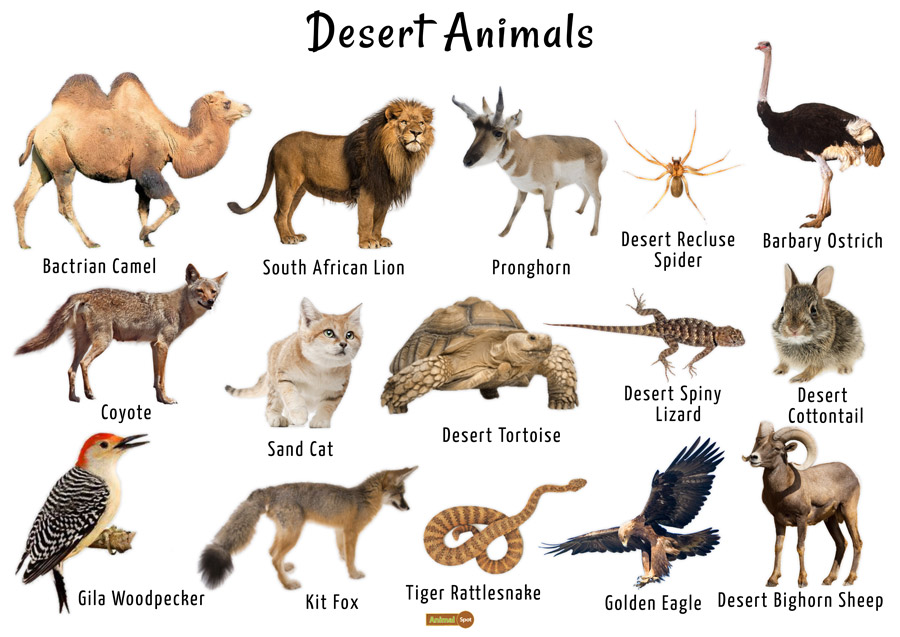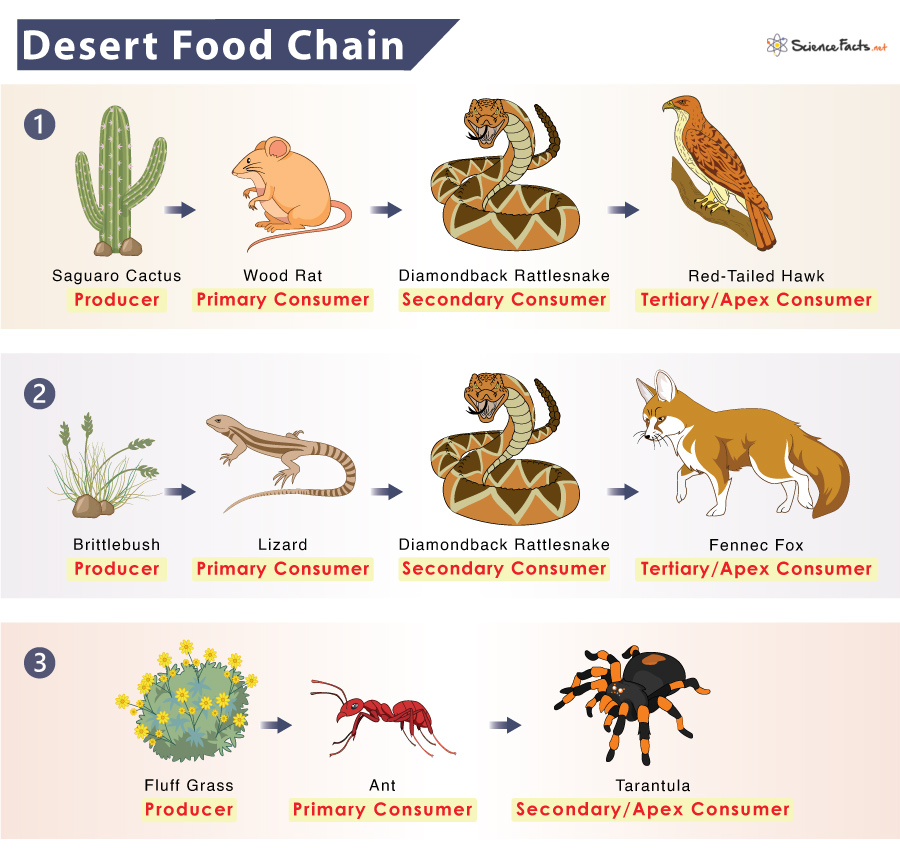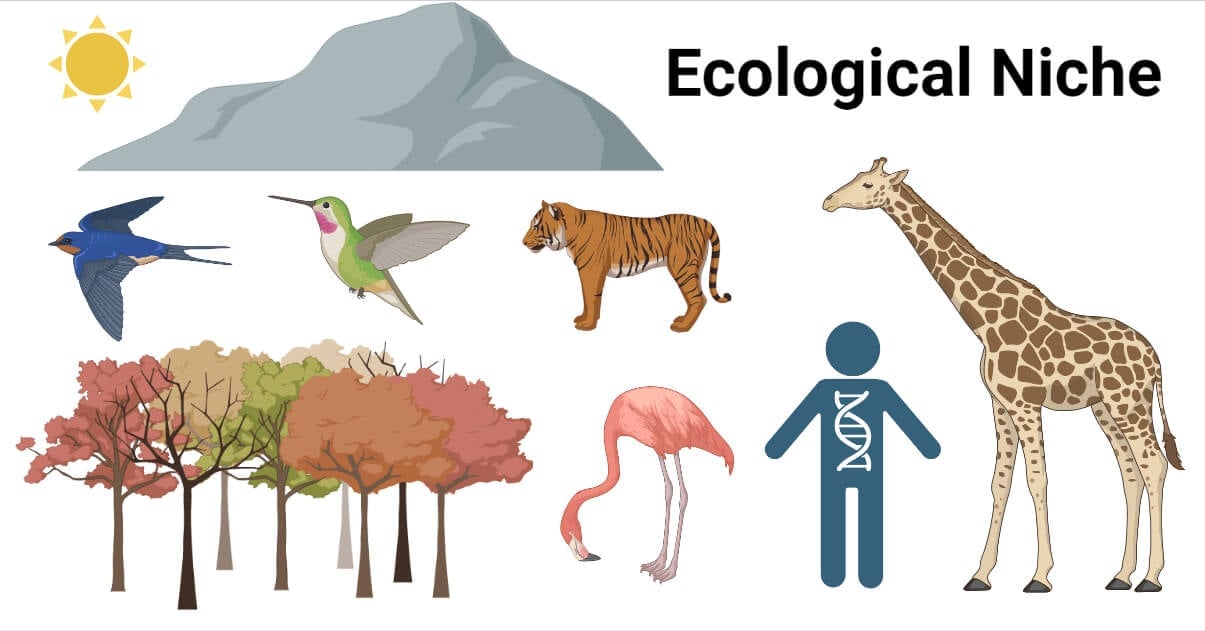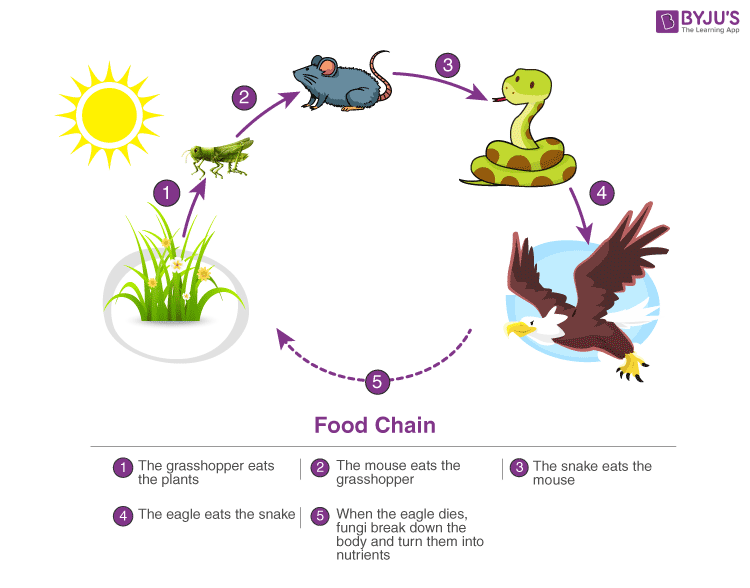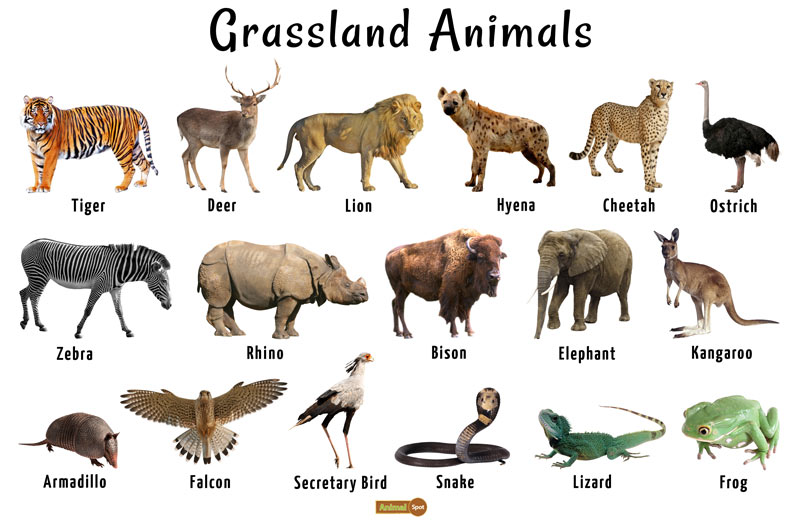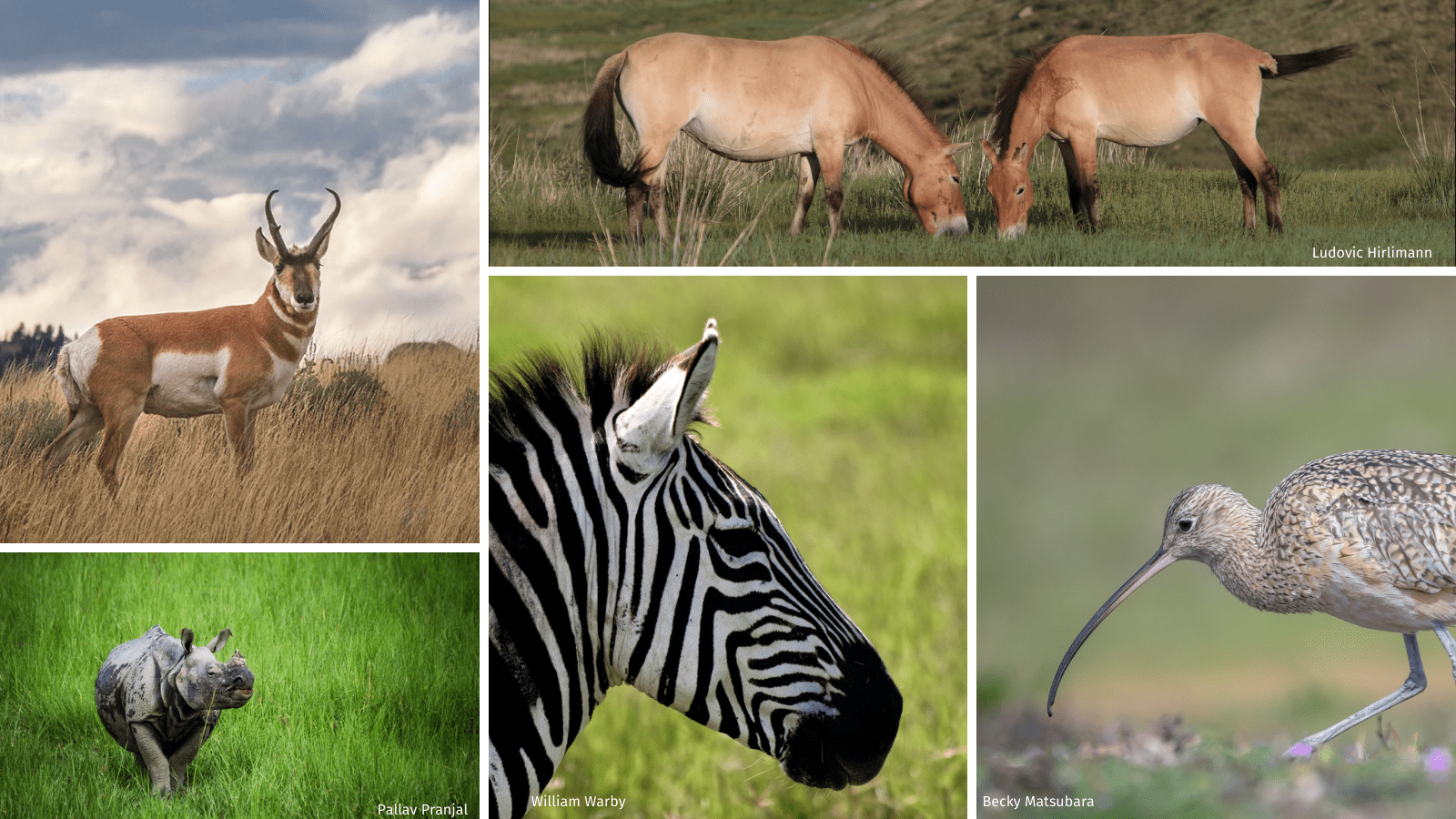Topic cold desert ecosystem: Explore the cold desert ecosystem, a realm where extreme conditions foster unique life adaptations, unveiling the resilience and beauty of nature"s underappreciated landscapes.
Table of Content
- What animals are adapted to survive in the cold desert ecosystem?
- Understanding Cold Deserts
- Characteristics of Cold Deserts
- Flora and Fauna Adaptations
- Climate Change Impacts
- Conservation Efforts
- Human Life in Cold Deserts
- YOUTUBE: The Cool Desert Climate - Secrets of World Climate 8
- Research and Education
- Challenges and Threats
- Future Perspectives
What animals are adapted to survive in the cold desert ecosystem?
Animals that are adapted to survive in the cold desert ecosystem include:
- Arctic fox: Their thick fur coat and round body shape help them retain body heat in cold temperatures.
- Snow leopard: Their thick fur coat, large paws, and long tail help them navigate snowy terrain and conserve energy.
- Musk ox: Their thick, shaggy fur provides insulation against the cold, while their hooves are adapted for digging through snow for food.
- Snowy owl: Their thick plumage and specialized feathers help them stay warm in freezing temperatures, and their keen eyesight aids in hunting prey.
- Arctic hare: Their dense fur coat and strong hind legs help them navigate through snow and evade predators.
READ MORE:
Understanding Cold Deserts
Cold deserts, unlike their hot counterparts, are characterized by low temperatures and minimal precipitation, often in the form of snow rather than rain. These unique ecosystems are found in both high-altitude areas and high latitudes, showcasing an environment where life adapts to extreme cold and aridity.
- Location and Geography: Predominantly located in parts of Central Asia, Western North America, and the Antarctic periphery, cold deserts are defined by their specific climatic conditions.
- Climatic Conditions: The climate is marked by significant temperature variations between day and night and between seasons, with precipitation mainly occurring as snow.
- Soil and Terrain: The soil in cold deserts is often saline or alkaline, with terrain featuring vast stretches of bare ground, rock, and ice.
Despite the harsh conditions, cold deserts support a variety of life forms that have adapted to survive with minimal water and extreme temperatures. The study of these ecosystems not only helps us understand the resilience of life but also the impacts of climate change on these fragile habitats.

Characteristics of Cold Deserts
Cold deserts, known for their extreme environments, exhibit unique characteristics that differentiate them from other ecosystems. These deserts are remarkable for their adaptation strategies to the harsh conditions they face.
- Low Precipitation: Cold deserts receive scant rainfall, often less than 250 mm (10 inches) annually, predominantly in the form of snow or fog.
- Temperature Extremes: These deserts experience a wide range of temperatures, from extremely cold winters to relatively warm summers.
- Soil Type: The soil is often saline or alkaline, with a frozen layer beneath the surface, which can affect plant growth.
- Flora and Fauna: Both plant and animal life in cold deserts have evolved specialized adaptations to survive. Plants are typically sparse and include hardy species, while animals may have insulating features or behaviors to conserve heat.
- Geographical Distribution: Cold deserts are found in high latitude regions and high elevations, where cold temperatures prevail due to geographic conditions.
Understanding these characteristics is crucial for conservation efforts and for appreciating the unique beauty and resilience of cold desert ecosystems.
Flora and Fauna Adaptations
In the cold desert ecosystem, both plant and animal life have evolved remarkable adaptations to thrive in harsh conditions characterized by extreme cold and limited water resources.
- Plant Adaptations: Plants in cold deserts have developed strategies such as deep root systems to access water, thick leaves to store moisture, and small, spiny leaves to reduce water loss. Many also have a light-colored or reflective surface to deflect the sun"s rays.
- Animal Adaptations: Animals have adapted through features like thick fur for insulation against the cold, fat reserves for energy, and behaviors such as hibernation or reduced activity to conserve energy. Some species have specialized in their diet to make the most of the sparse vegetation.
- Survival Strategies: Both flora and fauna exhibit unique survival strategies, such as seasonal adjustments in behavior or physiology, to overcome the extreme seasonal variations in temperature and precipitation.
- Examples of Adaptations:
- Plants like the sagebrush have deep roots and small leaves to minimize water loss.
- Animals such as the snow leopard have thick fur and large paws for insulation and mobility in the snow.
These adaptations not only highlight the resilience of life in cold desert ecosystems but also the intricate balance and interdependence between different species and their environment.

Climate Change Impacts
Climate change significantly affects cold desert ecosystems, altering their physical, biological, and ecological attributes. These changes pose challenges to the resilience and sustainability of these habitats.
- Temperature Increases: Rising global temperatures lead to thawing permafrost and reduced snow cover, impacting soil moisture and plant growth cycles.
- Altered Precipitation Patterns: Changes in precipitation patterns can exacerbate drought conditions, affecting water availability for flora and fauna.
- Shifts in Species Distribution: As temperatures rise, plant and animal species may migrate to higher altitudes or latitudes, leading to shifts in ecosystem composition and function.
- Increased Vulnerability to Invasive Species: Warmer conditions may favor the spread of invasive species, further threatening indigenous cold desert species.
- Impact on Carbon Cycling: Thawing permafrost releases stored carbon dioxide and methane, potent greenhouse gases, exacerbating climate change impacts.
The resilience of cold desert ecosystems to climate change depends on the extent of changes and the adaptability of species. Conservation efforts and sustainable management practices are crucial to mitigate these impacts and preserve these unique ecosystems for future generations.
Conservation Efforts
Climate change significantly affects cold desert ecosystems, altering their physical, biological, and ecological attributes. These changes pose challenges to the resilience and sustainability of these habitats.
- Temperature Increases: Rising global temperatures lead to thawing permafrost and reduced snow cover, impacting soil moisture and plant growth cycles.
- Altered Precipitation Patterns: Changes in precipitation patterns can exacerbate drought conditions, affecting water availability for flora and fauna.
- Shifts in Species Distribution: As temperatures rise, plant and animal species may migrate to higher altitudes or latitudes, leading to shifts in ecosystem composition and function.
- Increased Vulnerability to Invasive Species: Warmer conditions may favor the spread of invasive species, further threatening indigenous cold desert species.
- Impact on Carbon Cycling: Thawing permafrost releases stored carbon dioxide and methane, potent greenhouse gases, exacerbating climate change impacts.
The resilience of cold desert ecosystems to climate change depends on the extent of changes and the adaptability of species. Conservation efforts and sustainable management practices are crucial to mitigate these impacts and preserve these unique ecosystems for future generations.
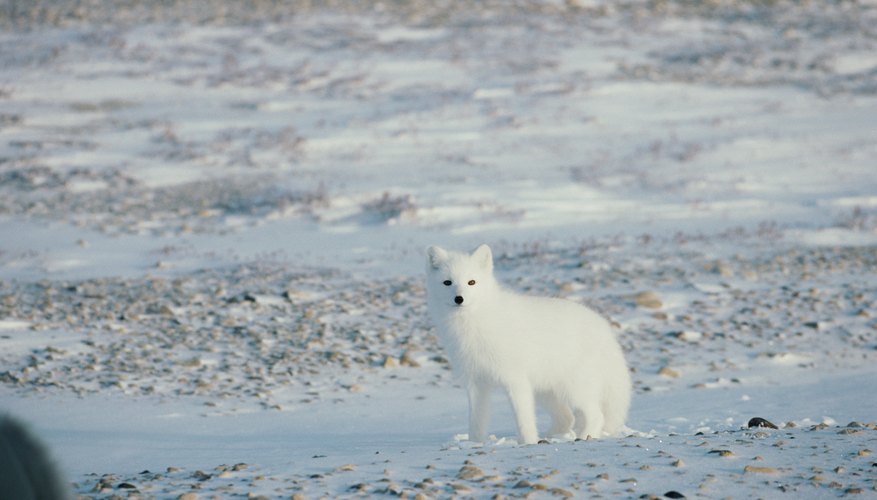
Human Life in Cold Deserts
Human life in cold deserts is marked by resilience and adaptation to harsh climatic conditions. These regions, often situated at high altitudes, present a unique blend of cultural and ecological systems. In areas like the Leh-Kargil of Ladakh and Spiti Valley in Himachal Pradesh, India, communities have thrived for centuries. These places are characterized by their sparse population, primarily residing along river banks, with a culture deeply intertwined with Buddhism. The architecture reflects a blend of Indian and Tibetan influences, with monasteries, or Gompas, serving as the cultural and religious centers.
- Ladakh, known as the "land of passes," experiences extreme temperatures ranging from -30°C to -70°C and receives very little precipitation, mostly in the form of snow. Despite these conditions, it has been home to human settlements since prehistoric times, evidenced by archaeological finds.
- Spiti Valley, or "Piti," meaning "middle country," lies between Tibet and India. It has a history of changing rulers among the kingdoms of Tibet, Ladakh, Kinnaur, Lahaul, and Kullu. The economy is largely dependent on agriculture, with a significant emphasis on medicinal plants.
- Both regions are known for their unique cultural heritage, including the Buddhist chanting of Ladakh, which is recognized by UNESCO. This intangible cultural heritage includes practices such as traditional dance, craft-making, and agricultural farming.
- The natural heritage of these cold deserts is also remarkable, hosting a diverse range of flora and fauna adapted to the extreme conditions. Conservation efforts include the establishment of national parks and wildlife reserves to protect this biodiversity.
Living in cold deserts requires a deep understanding of the environment and a commitment to preserving the delicate balance of life. The communities in these regions exemplify human adaptability, sustaining traditions and lifestyles in some of the most challenging habitats on earth.
The Cool Desert Climate - Secrets of World Climate 8
Climate: Explore the fascinating world of climate in this engaging video that showcases the beauty and complexity of Earth\'s natural systems. Learn how climate shapes our world and the importance of protecting it for future generations. Biome: Step into the diverse and vibrant world of biomes with this captivating video that takes you on a journey through various ecosystems. Discover the incredible array of flora and fauna that thrive in different biomes around the world.
The Desert Biome - Biomes 4
The Desert Biome. ☀️ In this biogeography video we look at the world\'s deserts, explain why they are that way, and what types ...
Research and Education
Research and education in cold desert ecosystems are crucial for understanding these unique environments and for the development of sustainable management strategies. Various institutions and projects, such as the U.S. Geological Survey (USGS), McMurdo Dry Valleys Long Term Ecological Research (LTER), and educational initiatives, play a pivotal role in advancing our knowledge and educating both the scientific community and the public.
- The USGS conducts extensive research on desert ecosystems, focusing on understanding the impacts of anthropogenic stressors like water withdrawal, mining, and climate change. Projects include studying biological soil crusts (biocrusts), which are vital for ecosystem functioning in arid and semi-arid lands, and examining the effects of drought and grazing on these ecosystems.
- The McMurdo Dry Valleys LTER in Antarctica, supported by the National Science Foundation, focuses on the study of the cold desert ecosystem, one of the most extreme deserts in the world. Research areas include glaciers, lakes, meteorology, soils, and streams, providing valuable insights into the biological, chemical, and physical processes occurring in cold deserts.
- Educational resources and outreach programs are integral to raising awareness about cold deserts. The McMurdo Dry Valleys LTER, for example, offers educational and outreach initiatives, including the REU (Research Experiences for Undergraduates) program, aimed at engaging students and the public in scientific research and conservation efforts.
These efforts contribute significantly to our understanding of cold deserts, highlighting the importance of research and education in addressing environmental challenges, conserving biodiversity, and informing policy and management decisions for these fragile ecosystems.

Challenges and Threats
Cold desert ecosystems, characterized by their extreme temperatures and low precipitation, face numerous challenges and threats that impact their survival and the balance of life within them. These challenges not only affect the native flora and fauna but also have broader implications for global biodiversity and human livelihoods.
- Climate Change: The most significant threat to cold deserts is climate change, which disrupts the delicate ecological balance by altering temperature patterns and precipitation. This leads to shifts in plant blooming times, changes in animal migration patterns, and can cause severe stress on water resources, affecting the entire ecosystem"s functioning.
- Habitat Loss: Expansion of human activities into cold desert regions results in habitat loss and fragmentation. Infrastructure development like roads and buildings encroaches upon natural habitats, hindering the movement of species and leading to population declines and potential extinctions.
- Invasive Species: The introduction of non-native species into cold deserts poses a significant threat by altering community structures, competing with native species for resources, and changing fire regimes. Management strategies are crucial to protect these ecosystems from such invasive species and maintain their resilience.
- Overgrazing and Land Degradation: Overgrazing by livestock and land degradation due to human activities compromise the soil quality, vegetation cover, and overall health of cold desert ecosystems. Preventive measures and sustainable land use practices are vital for conserving these fragile habitats.
Addressing these challenges requires a concerted effort from conservationists, researchers, policymakers, and the public to implement effective management strategies, promote sustainable practices, and enhance public awareness and education about the value and vulnerabilities of cold desert ecosystems.
READ MORE:
Future Perspectives
The future perspectives for cold desert ecosystems under the influence of global change and climate dynamics highlight the urgency for adaptive strategies and innovative research. Climate projections for regions such as the Great Basin and Columbia Plateau suggest increasing temperatures and variable precipitation patterns, with an overall trend towards greater aridity. These changes are expected to result in more frequent and prolonged droughts, expansion of invasive species, and heightened wildfire risks. In response, a proactive approach focusing on adaptation, resilience building, and sustainable management is crucial.
- Adaptation strategies should prioritize enhancing the ecosystems" resilience to climatic stresses, including the restoration of degraded lands and the protection of biodiversity.
- Innovative research into the dynamics of dew formation in cold deserts offers insights into the potential for small-scale water sources to support vegetation and soil moisture, even during warm, dry periods.
- Understanding the complex interactions between climate change, biodiversity, and livelihoods in cold desert regions of Asia underscores the need for integrated conservation and development policies that are sensitive to the challenges and opportunities unique to these environments.
- The exploration of global change impacts on biodiversity and livelihoods in these regions calls for interdisciplinary approaches that combine ecological, social, and technological knowledge to ensure the sustainability of both natural and human systems.
Efforts to address the future challenges facing cold desert ecosystems will require collaboration among scientists, policymakers, local communities, and international stakeholders. Emphasizing education, outreach, and participatory management will also be key in fostering a collective response to the impacts of climate change on these fragile landscapes.
Explore the resilience and mysteries of cold desert ecosystems, where innovative research and adaptive strategies illuminate the future of these fragile landscapes against the backdrop of global change. Join us in uncovering the dynamic interplay between climate, biodiversity, and human livelihoods in the cold deserts of our planet.


